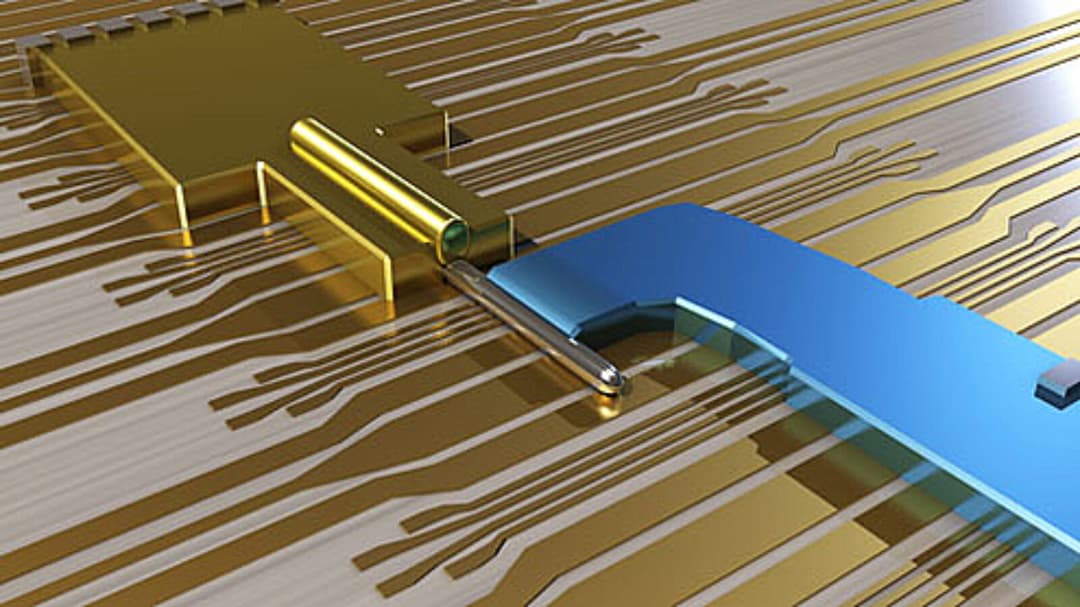Nanoscientists Find Long-Sought Majorana Particle

(Originally published by TU Delft)
April 17, 2012
Scientists at the Kavli Institute of Nanoscience Delft at the Delft University of Technology and the Foundation for Fundamental Research on Matter (FOM Foundation) have succeeded for the first time in detecting a Majorana particle. In the 1930s, the brilliant Italian physicist Ettore Majorana deduced from quantum theory the possibility of the existence of a very special particle, a particle that is its own anti-particle: the Majorana fermion. That ‘Majorana' would be right on the border between matter and anti-matter.
Majorana fermions are very interesting - not only because their discovery opens up a new and uncharted chapter of fundamental physics; they may also play a role in cosmology. A proposed theory assumes that the mysterious ‘dark matter,' which forms the greatest part of the universe, is composed of Majorana fermions. Furthermore, scientists view the particles as fundamental building blocks for the quantum computer. Such a computer is far more powerful than the best supercomputer, but only exists in theory so far. Contrary to an ‘ordinary' quantum computer, a quantum computer based on Majorana fermions is exceptionally stable and barely sensitive to external influences.

For the first time, scientists in Leo Kouwenhoven's research group managed to create a nanoscale electronic device in which a pair of Majorana fermions ‘appear' at either end of a nanowire. They did this by combining an extremely small nanowire, made by colleagues from Eindhoven University of Technology, with a superconducting material and a strongmagnetic field. ‘The measurements of the particle at the ends of the nanowire cannot otherwise be explained than through the presence of a pair of Majorana fermions', says Leo Kouwenhoven.
It is theoretically possible to detect a Majorana fermion with a particle accelerator such as the one at CERN. The current Large Hadron Collider appears to be insufficiently sensitive for that purpose but, according to physicists, there is another possibility: Majorana fermions can also appear in properly designed nanostructures. "What's magical about quantum mechanics is that a Majorana particle created in this way is similar to the ones that may be observed in a particle accelerator, although that is very difficult to comprehend," explains Kouwenhoven. "In 2010, two different groups of theorists came up with a solution using nanowires, superconductors and a strong magnetic field. We happened to be very familiar with those ingredients here at TU Delft through earlier research." Microsoft approached Leo Kouwenhoven to help them lead a special FOM programme in search of Majorana fermions, resulting in a successful outcome.
The Italian physicist Ettore Majorana was a brilliant theorist who showed great insight into physics at a young age. He discovered a hitherto unknown solution to the equations from which quantum scientists deduce elementary particles: the Majorana fermion. Practically all theoretic particles that are predicted by quantum theory have been found in the last decades, with just a few exceptions, including the enigmatic Majorana particle and the well-known Higgs boson.